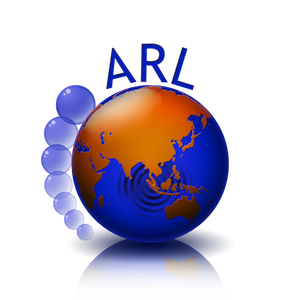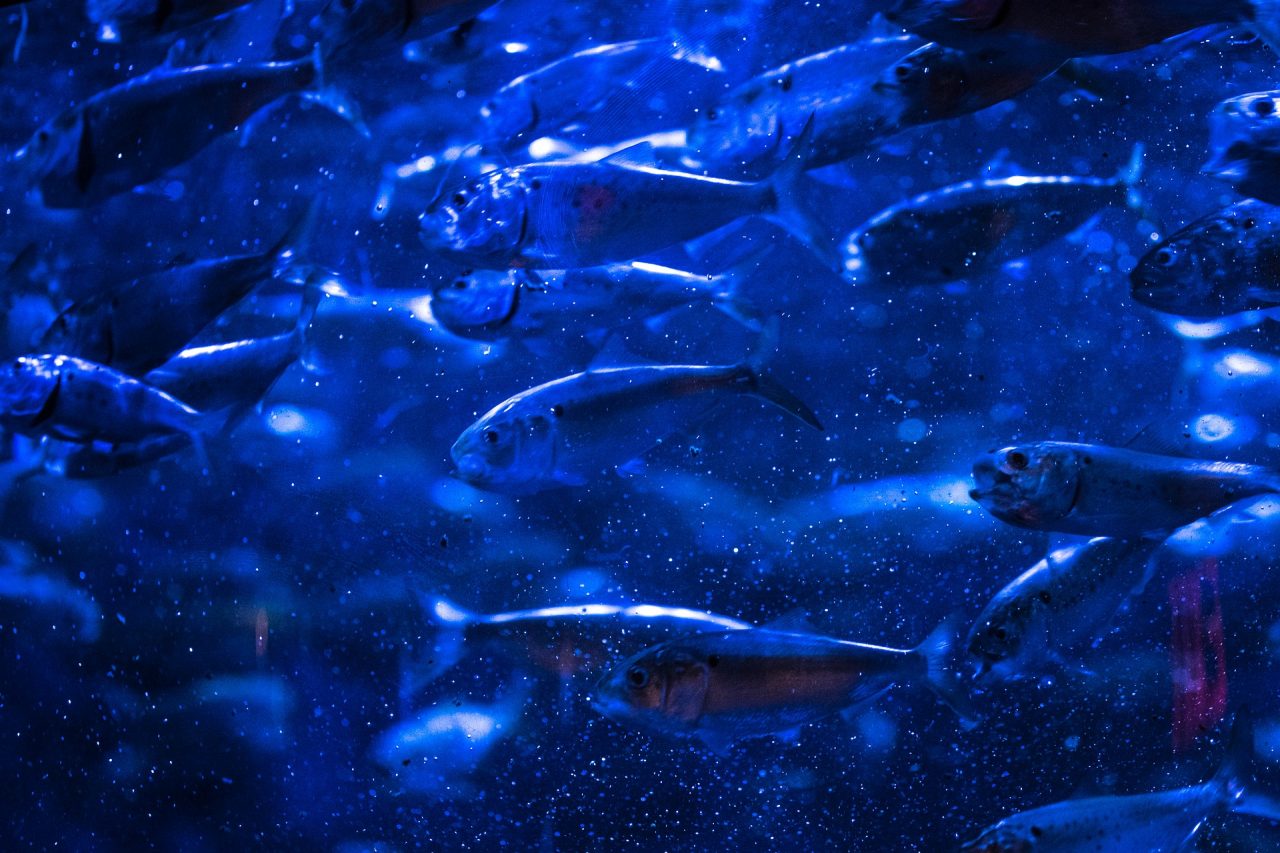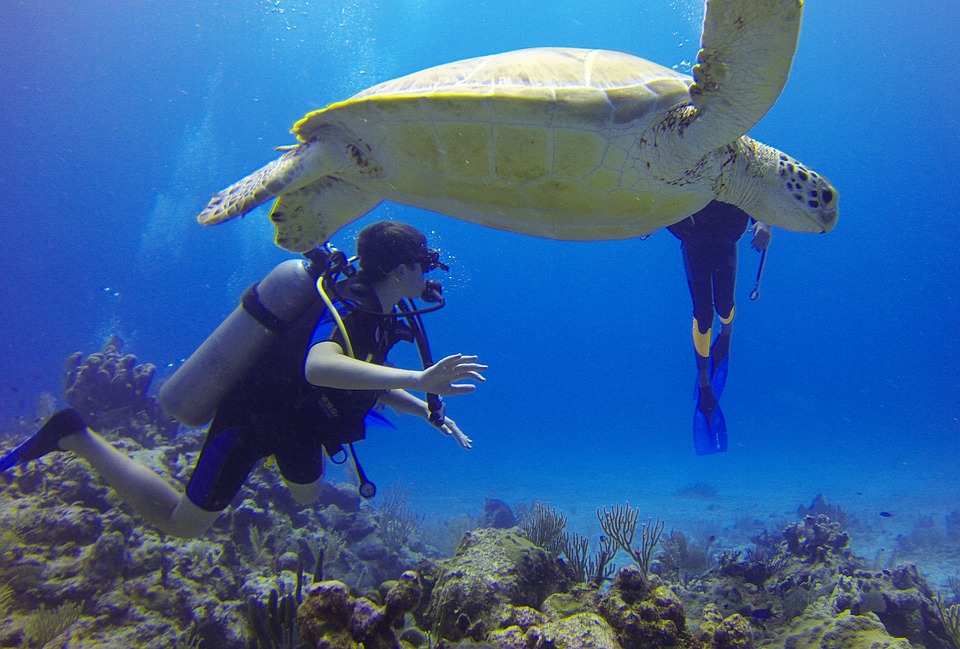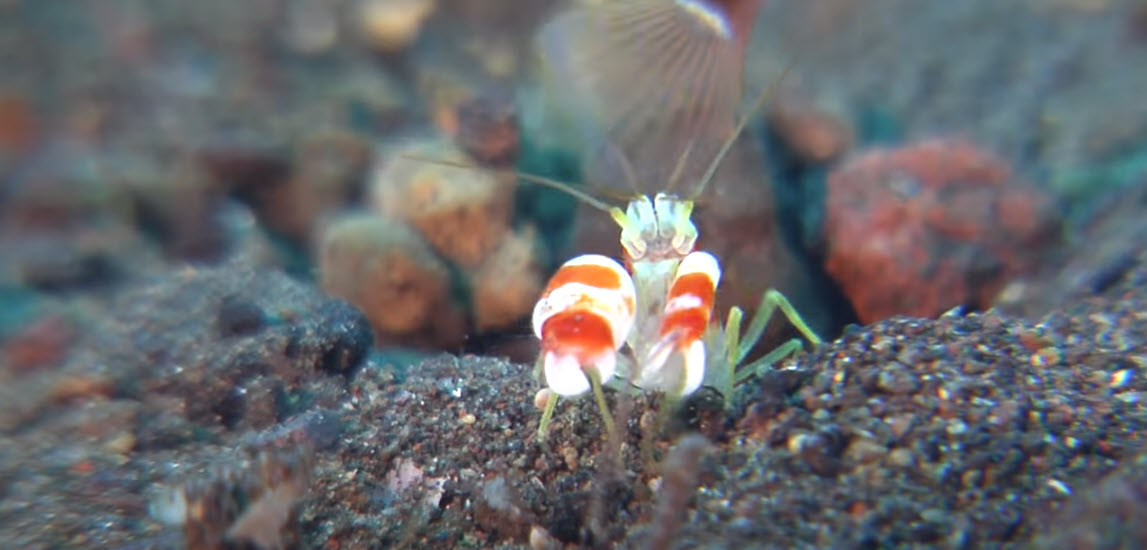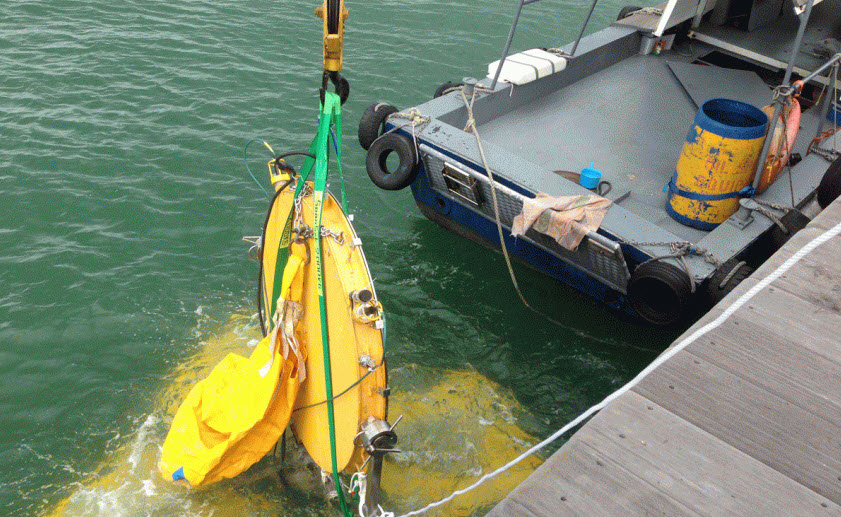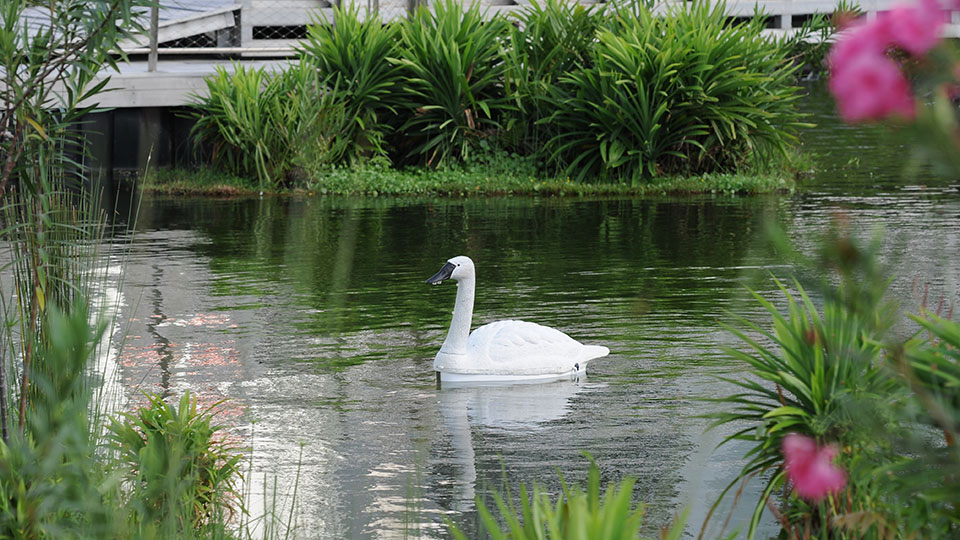
NUSwan: a robotic water assessment network
Coastal waters and fresh water bodies are complex environments that are highly variable over space and time. This makes spatio-temporal monitoring essential to understand and protect these environments. Unmanned systems

